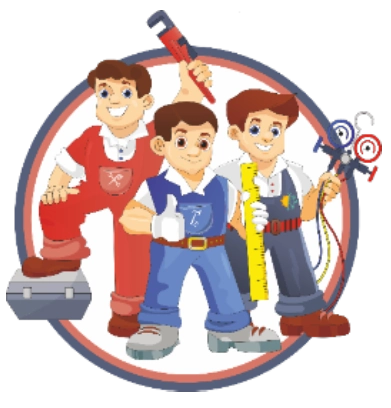When we think about our homes, we often consider them safe havens, places where we can relax and feel secure. However, what if your house could be making you sick? This might sound alarming, but numerous factors within your home environment can contribute to health issues. Let us explore some common culprits and how you can mitigate their effects.
Indoor Air Quality
One of the primary concerns is indoor air quality. Many homes are filled with pollutants that can affect respiratory health. Common indoor pollutants include dust, pet dander, mold spores, and volatile organic compounds (VOCs) from household products like paints and cleaning supplies. Poor ventilation can exacerbate these issues, leading to symptoms such as headaches, dizziness, and respiratory problems.
Solution: Regularly clean and vacuum your home to reduce dust and pet danger. Use air purifiers to help remove airborne particles. Ensure proper ventilation by opening windows and using exhaust fans, especially when using products that emit VOCs.
Mold and Mildew
Mold and mildew thrive in damp environments and can cause a range of health problems, from allergic reactions to more severe respiratory issues. Bathrooms, basements, and areas with water damage are common breeding grounds for mold.
Solution: Keep humidity levels in check by using dehumidifiers and ensuring proper ventilation in moisture-prone areas. Regularly inspect your home for signs of water damage and address any leaks promptly. Clean moldy areas with appropriate cleaning agents and consider professional remediation for extensive mold problems.
Chemical Exposure
Many household products contain chemicals that can be harmful if inhaled or absorbed through the skin. Pesticides, cleaning agents, and even some furniture and building materials can release harmful chemicals into the air.

Solution: Opt for natural or eco-friendly cleaning products and avoid using pesticides indoors. When purchasing new furniture or building materials, look for low-VOC or VOC-free options. Store chemicals in well-ventilated areas and use them according to the manufacturer’s instructions.
Radon Gas
Radon is a naturally occurring radioactive gas that can seep into homes through cracks in the foundation. Long-term exposure to radon is a leading cause of lung cancer in non-smokers.
Solution: Test your home for radon using a radon test kit, which can be purchased online or at hardware stores. If high levels of radon are detected, consider hiring a professional to install a radon mitigation system.
Asbestos and Lead
Older homes may contain asbestos in insulation, flooring, and other materials, as well as lead in paint. Both substances are hazardous to health, with asbestos linked to lung diseases and lead causing neurological damage, especially in children.
Solution: If you suspect your home contains asbestos or lead, do not attempt to remove these materials yourself. Hire certified professionals to assess and safely remove or encapsulate these hazards.
Carbon Monoxide
Carbon monoxide (CO) is a colorless, odorless gas produced by burning fuel. Faulty heating systems, gas stoves, and fireplaces can release CO, leading to poisoning, which can be fatal.
Solution: Install CO detectors on every level of your home and near sleeping areas. Regularly maintain and inspect fuel-burning appliances to ensure they are functioning properly. Never use generators or grills indoors.
Conclusion
While the idea that your house could make you sick is concerning, being aware of potential hazards and taking proactive steps can significantly reduce the risks. Regular maintenance, proper ventilation, and the use of safe products are key to creating a healthy home environment. By addressing these issues, you can ensure that your home remains a true sanctuary for you and your family.



